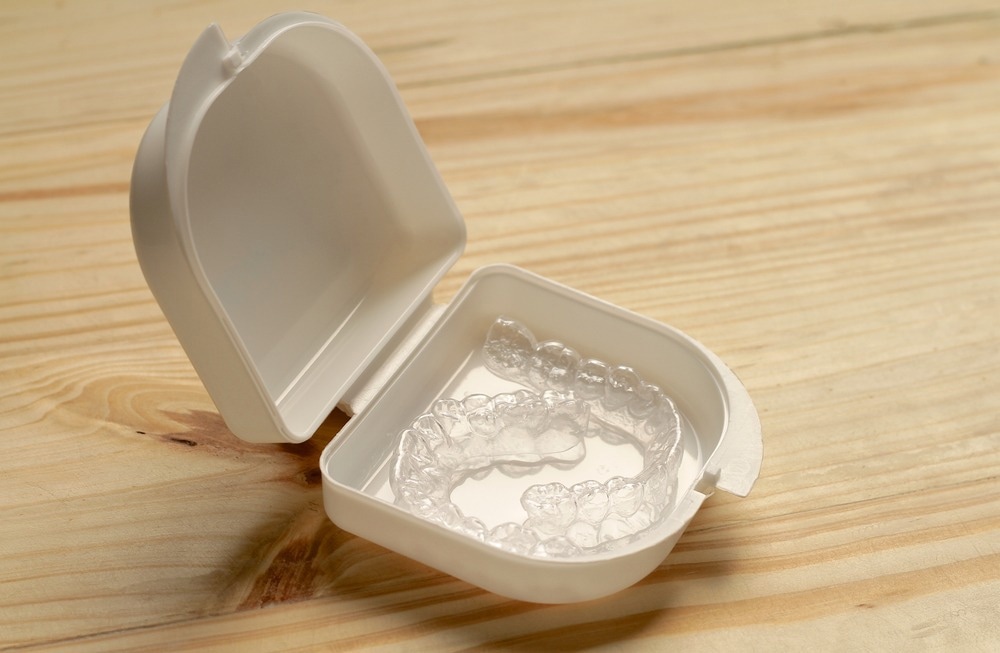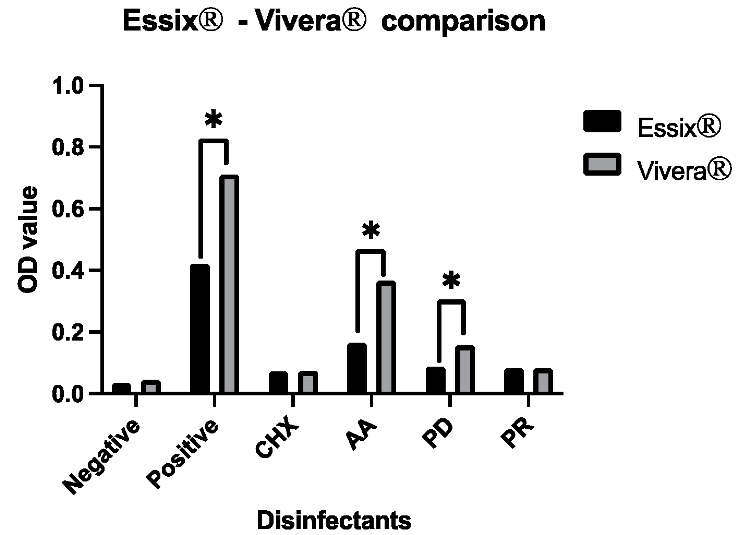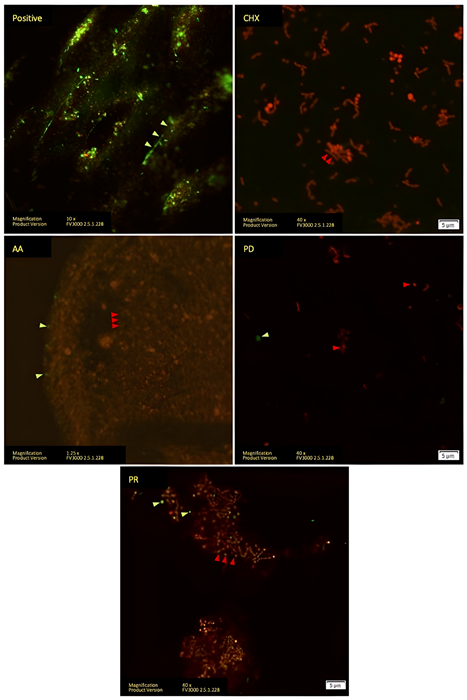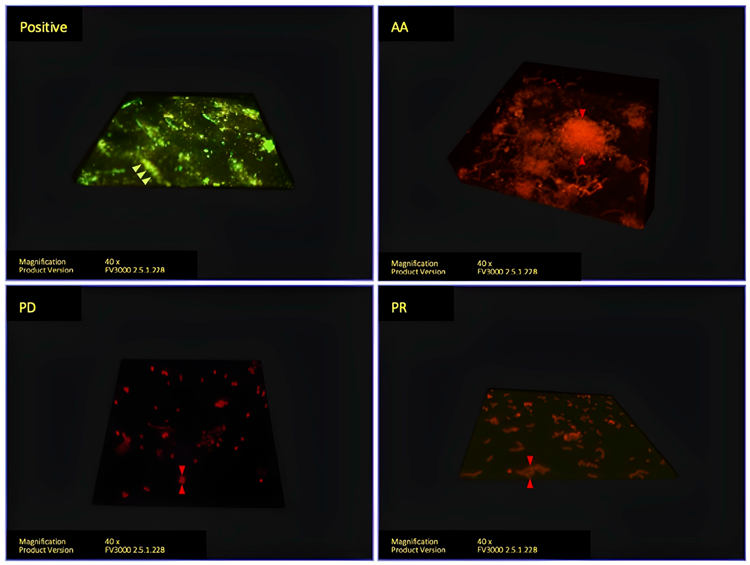 By Surbhi JainReviewed by Susha Cheriyedath, M.Sc.Sep 14 2022
By Surbhi JainReviewed by Susha Cheriyedath, M.Sc.Sep 14 2022In an article recently published in the open-access journal Polymers, researchers compared different antimicrobial agents for thermoplastic polymeric retainers.

Study: Comparison of Various Antimicrobial Agents for Thermoplastic Polymeric Retainers. Image Credit: NanThidarat/Shutterstock.com
Background
There has never been a published "gold standard" for cleaning thermoplastic polymeric retainers.
According to recent studies, copolyester- and polyurethane-based retainers are very common. Although studies on their qualities and product maintenance have increased, there is still disagreement on the comparison of tooth-relapse prevention and the features that are altered after long-term disinfection of such retainers.
Among many other important aspects, the target material's physical surface is extremely important for bacterial adherence. Streptococcus mutans is a hydrophobic species, but because bacteria in an aqueous suspension could have a negative charge, there is a greater chance that it can adhere to thermoplastic surfaces and develop a biofilm. The retainer's biofilm is removed using a number of substances, including cleaning tablets, vinegar, and chlorhexidine (CHX).
It was discovered that streptococcus mutans was considerably less common in orthodontic retainers cleaned with CHX mouthwash. The use of these pre-made cleaning tablets has increased in both orthodontics and prosthodontics. Many researchers have experimented with using vinegar as a chemical cleaning agent for orthodontic appliances. However, the ideal vinegar concentration for cleaning retainers has never been discovered. Further study is needed for their different modes of action and usage directions.

The comparison between two types of thermoplastic retainer after cleaning with each agent, * (p < 0.05). Image Credit: Kiatwarawut, K et al., Polymers
About the Study
In this study, the authors compared different thermoplastic polymeric retainer antibacterial agents. Acetic acid's minimum bactericidal concentration (MBC) was established, and after being soaked in acetic acid (AA group), 0.12% chlorhexidine (CHX group), polident denture cleanser® (PD group), and polident pro guard & retainer®, Streptococcus mutans biofilms were developed on punched 4-mm copolyester and polyurethane retainers (PR group). A crystal violet (CV) test run was also performed. The confocal laser scanning microscope was used to evaluate the biofilm imaging (CLSM).
The team revealed that when compared to the positive control, all chemical disinfectants had statistically significant changes with p < 0.05. This groundbreaking discovery showed that polyurethane and copolyester retainers made with 0.625% acetic acid were efficient against microorganisms. Only the CHX, PR, and PD groups were able to lessen biofilm mass. Additionally, the CV assay was unable to reveal the precise amount of alive and dead bacteria. The LIVE/DEAD BacLight assay also demonstrated the viability of the bacteria.
The researchers used CLSM, the LIVE/DEADTM BacLightTM fluorescent dye, and the biofilm quantification assay to demonstrate the distinctive properties of various antibacterial agents for thermoplastic polymeric retainers. The effects of 0.12% CHX, acetic acid (AA), and two different cleaning tablets on Streptococcus mutans ATCC 25175 biofilms were examined. Acetic acid's MCB and MIC were also evaluated. Tryptic soy broth (TSB) was used to cultivate Streptococcus Mutans.

LIVE/DEAD staining analyzed with confocal microscope of Vivera® retainer. Living cells stained with SYTO9 are indicated with green arrows. Dead cells stained with PI are indicated with red arrows. Image Credit: Kiatwarawut, K et al., Polymers
Observations
Acetic acid's MBC and MIC values for Streptococcus mutans were 0.625% and 0.312%, respectively. Results from the Vivera® and Essix® samples were comparable, and all chemical disinfectants significantly differed from the positive control, which indicated that all agents had bactericidal characteristics. The results of analyzing each agent revealed that the CHX, PR, and PD groups were able to remove a lot more biofilm than the AA groups. Each chemical had noticeably distinct impacts on the two types of plastics. The predominant color of the CHX, PD, AA, and PR groups was orange or red, which made their antibacterial action clear. Since commercially available vinegar had an AA content of about 5%, the researcher used a starting concentration of acetic acid of 5%.
For Vivera®, where adhesion was frequently noticed, brushing on the retainer surface was advised before or after immersion in disinfection. The Vivera® retainers also included surface defects and depressions that might act as microbial spawning grounds. On copolyester and polyurethane, 0.625% AA worked well as an antibacterial.

Vivera® retainer 3D imaging analyzed with confocal microscope. Living cells stained with SYTO9 are indicated with green arrows. Dead cells stained with PI are indicated with red arrows. Image Credit: Kiatwarawut, K et al., Polymers
Conclusions
In conclusion, this study elucidated that CHX, PD, and PR can eliminate biofilm and kill bacteria. The antibacterial efficacy of CHX, PR, PD, and AA was examined. Only the CHX, PR, and PD were able to reduce biofilm mass, though. Additionally, the CV test was able to display the mass of the biofilm but was unable to reveal the precise number of alive and dead bacteria. Additionally, semiquantitative results from the LIVE/DEAD BacLight assay with confocal microscopy showed bacterial viability.
The authors mentioned that the fact that AA can only destroy germs suggests that further mechanical cleaning is still required.
References
Kiatwarawut, K., Kuvatanasuchati, J., Thaweboon, B., et al. Comparison of Various Antimicrobial Agents for Thermoplastic Polymeric Retainers. Polymers, 14(18), 3753 (2022). https://www.mdpi.com/2073-4360/14/18/3753
Disclaimer: The views expressed here are those of the author expressed in their private capacity and do not necessarily represent the views of AZoM.com Limited T/A AZoNetwork the owner and operator of this website. This disclaimer forms part of the Terms and conditions of use of this website.